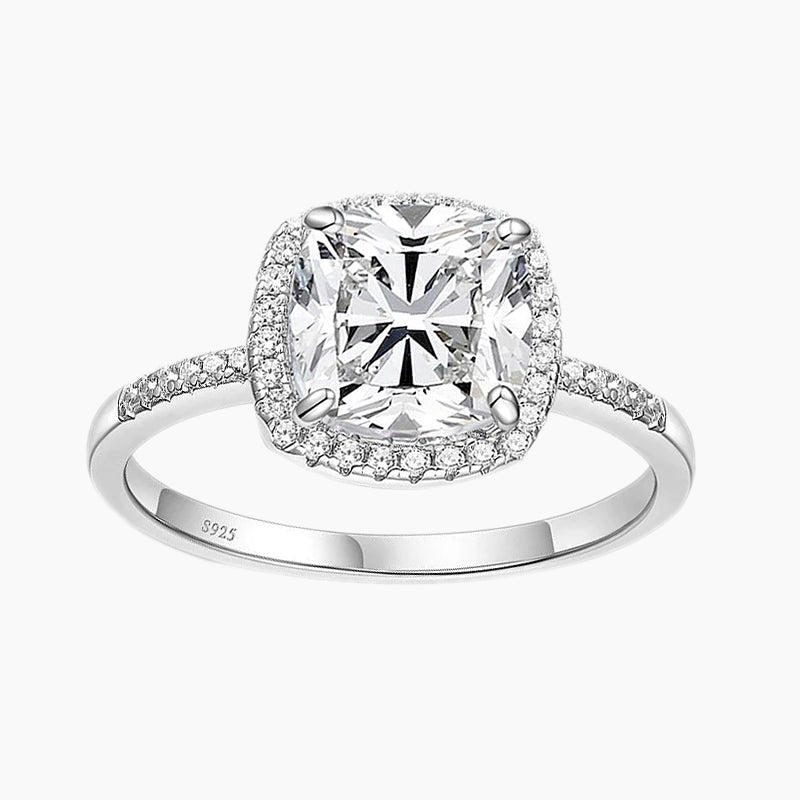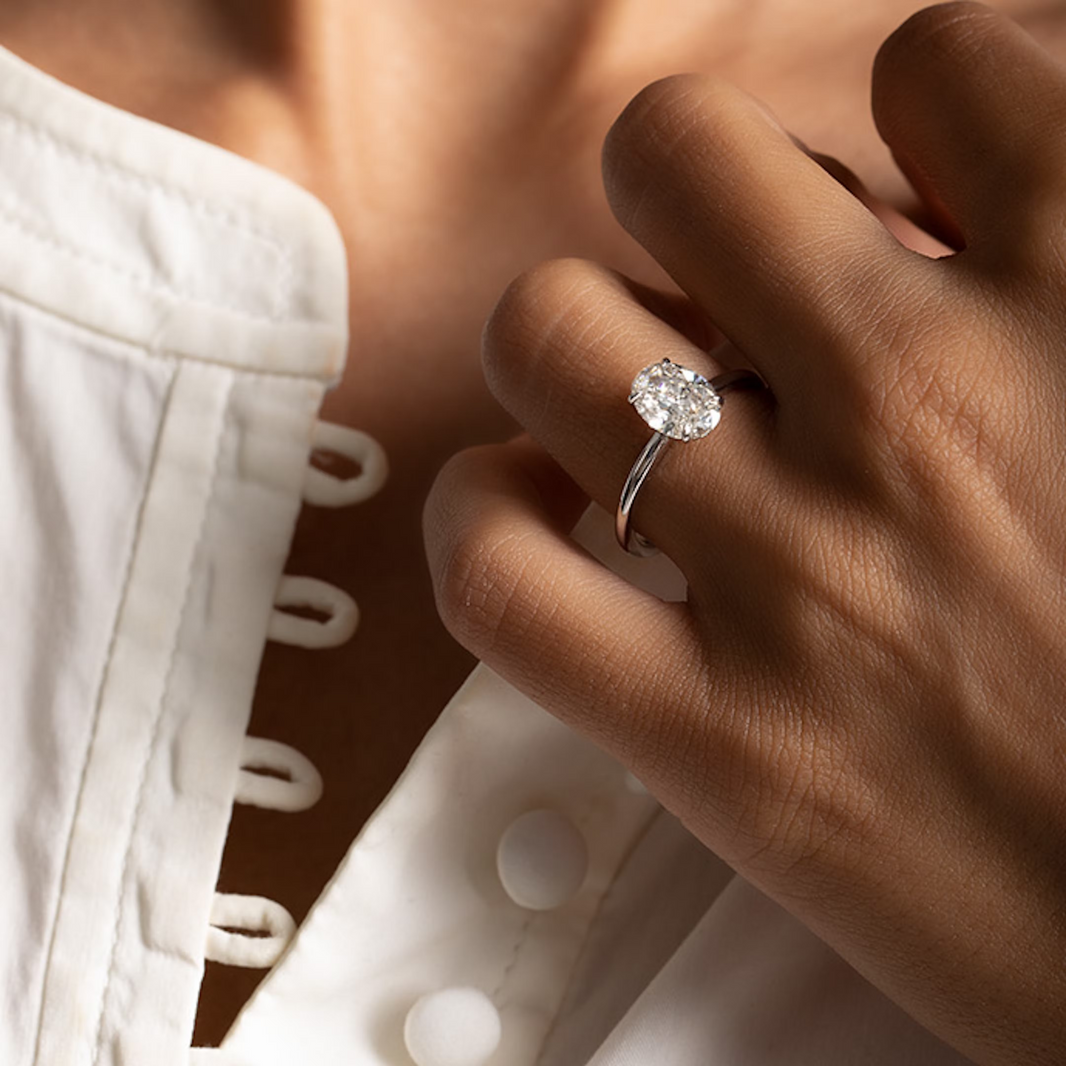Promise rings are more than just beautiful pieces of jewelry — they carry deep personal meaning, often representing love, loyalty, or a significant life vow. But one question comes up again and again: What finger does a promise ring go on? To answer that, let’s explore what promise rings are, their history, and how to wear them in a way that feels true to you.
What Is a Promise Ring?
A promise ring is a symbolic piece of jewelry given to signify a meaningful commitment. This could be a romantic pledge — such as a promise to remain faithful or to marry in the future — or it could represent other heartfelt vows, like a shared goal or a lasting friendship.
Unlike engagement rings, promise rings don’t always mean that wedding plans are set. Instead, they often mark a stage of deep commitment before the engagement, serving as a reminder of the bond you share.
The History of Promise Rings
The tradition of giving rings as a pledge dates back centuries:
- Ancient Rome: They were exchanged as tokens of love and loyalty.
- 16th & 17th Century England: “Posy rings” engraved with romantic poems were exchanged as keepsakes of affection.
- Modern Times: Promise rings gained popularity in the 20th century as couples sought a way to symbolize a serious relationship without committing to marriage right away.
This rich history shows that the idea behind promise rings has stood the test of time, adapting to different eras and cultures while keeping its core meaning intact.
Promise Rings vs. Engagement Rings
Although both promise rings and engagement rings symbolize commitment, they represent different stages in a relationship.
A promise ring is typically given as a sign of dedication, loyalty, or the intention to take the relationship to the next level someday. It doesn’t necessarily mean wedding plans are already in place — instead, it’s a heartfelt gesture that says, I’m serious about us.
An engagement ring, however, carries a more specific meaning: a confirmed decision to marry. It’s usually given during a proposal and often features a diamond or other prominent gemstone to mark the beginning of a lifelong commitment.
In short, the former is about the journey you’re taking together, while the later is about the destination you’ve agreed to reach.
What Finger Does a Promise Ring Go on?
One of the best things about promise rings is that there are no strict rules for how to wear them. Common choices include:
- Ring Finger (Left Hand): Often chosen when the band symbolizes a pre-engagement commitment.
- Ring Finger (Right Hand): A popular choice to avoid confusion with engagement or wedding rings.
- Middle Finger: Balanced and noticeable, making it a stylish yet meaningful option.
- Index Finger or Pinky: Less traditional, but perfect for those who want a unique look.
Ultimately, the “right” finger is the one that feels most comfortable and personally significant to you.
Why a Promise Ring?
People choose to give or wear it for many different reasons:
- As a step before engagement
- To symbolize monogamy and loyalty
- As a reminder during a long-distance relationship
- To mark a personal vow or milestone
- To celebrate a deep friendship
The emotional value of a promise ring often outweighs its price tag — it’s the meaning behind it that makes it truly priceless.
Types of Promise Rings
They come in a variety of designs to suit every personality and style:
- Simple Bands: Minimalist and timeless.
- Gemstone Rings: Featuring birthstones or favorite gems.
- Engraved Rings: Customized with initials, dates, or special messages.
- Infinity Designs: Symbolizing eternal love and connection.
- Heart Shapes: A classic romantic choice that never goes out of style.
Conclusion
A promise ring is more than an accessory — it’s a symbol of trust, love, and shared intentions. Whether you wear it on your left ring finger as a step toward engagement or on another finger as a personal emblem, the meaning lies in the promise it represents. When choosing where and how to wear yours, remember: the most important rule is that it should reflect your unique story.














